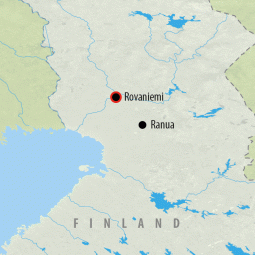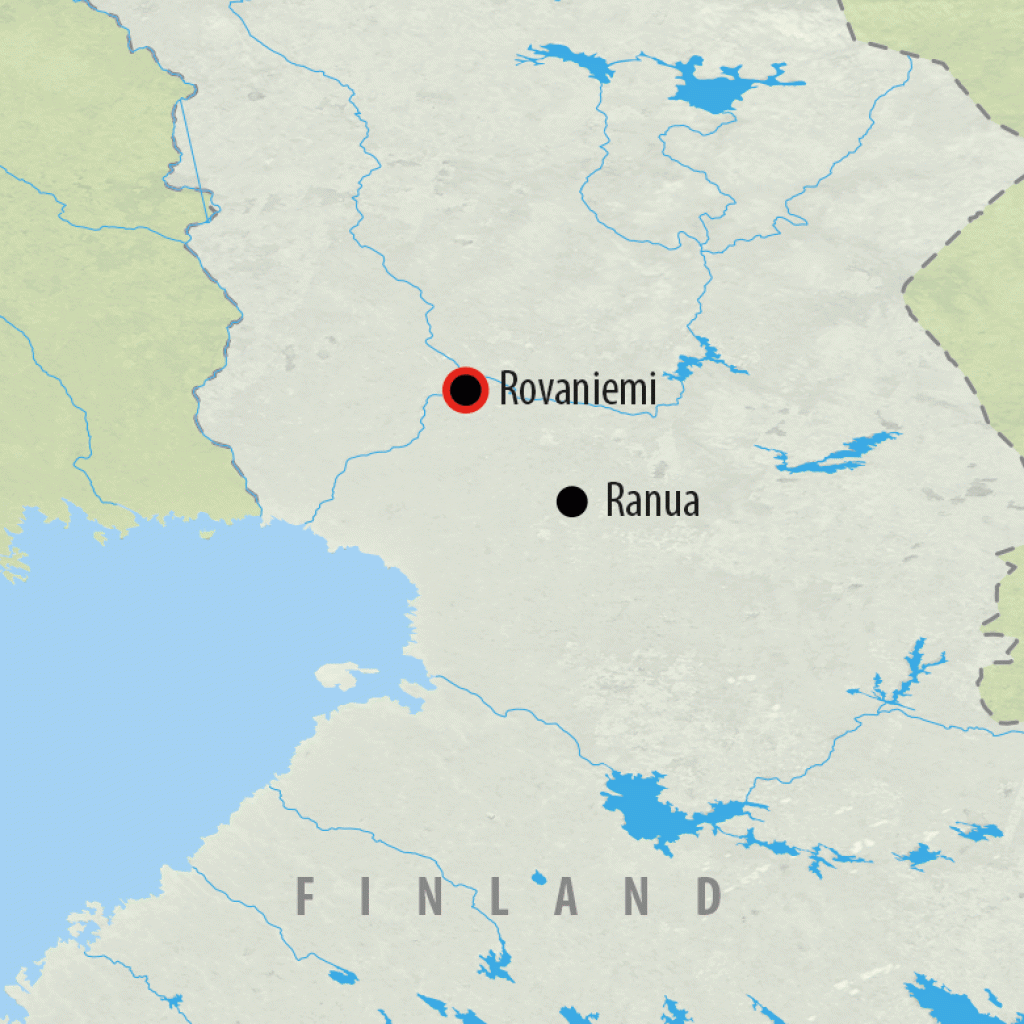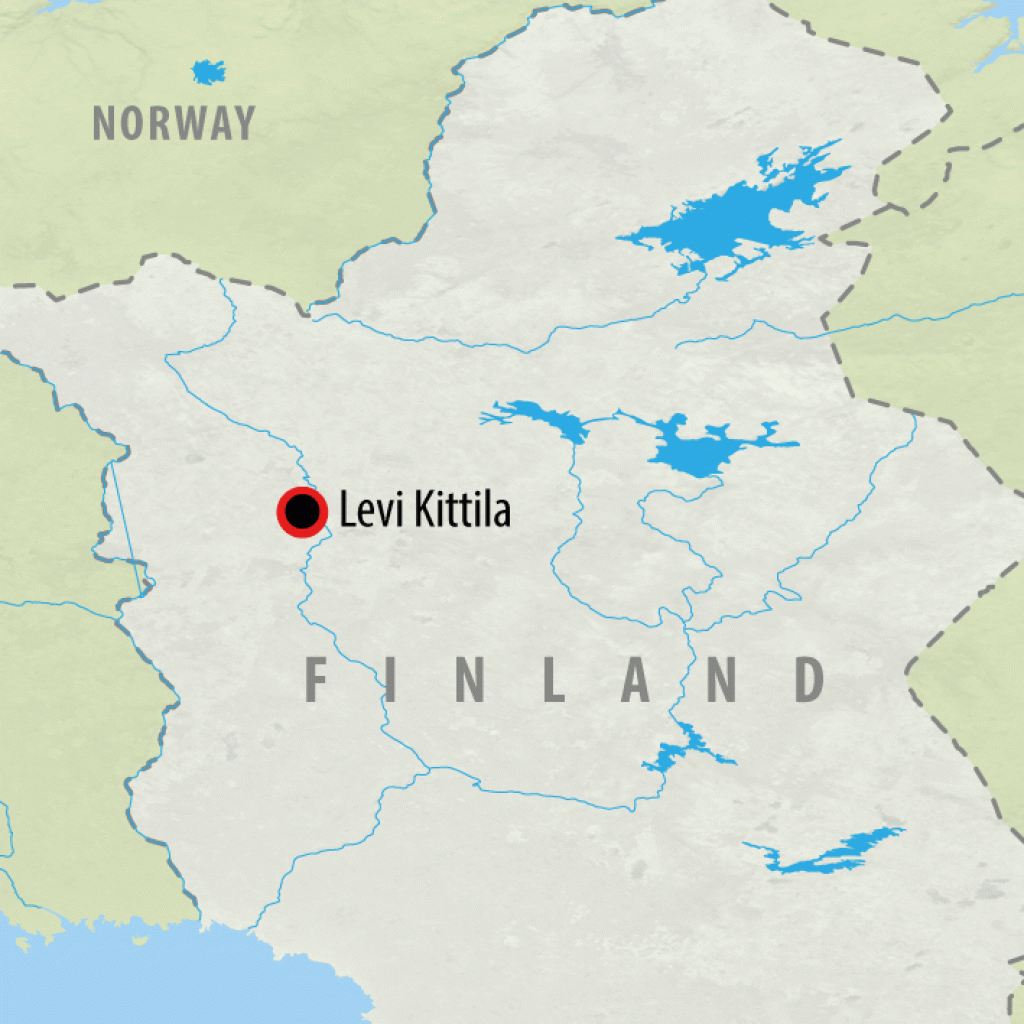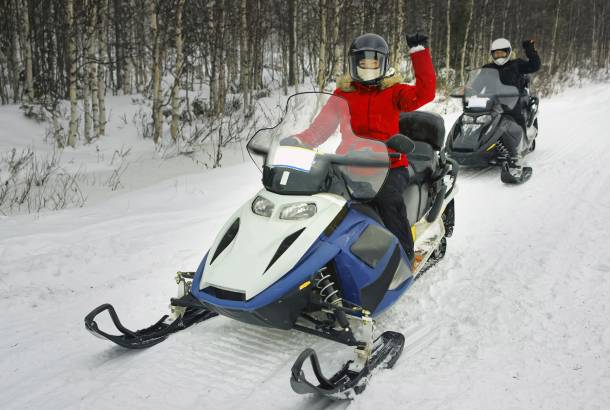
Packing for a trip to Lapland
A visit to Lapland is a once in a lifetime adventure, so it's important to make sure you have everything you need to enjoy your visit. Sub-zero temperatures in Lapland are very much the rule, rather than the exception, between October and April. Interestingly though, the cold here is much more of a dry cold than a wet one, even when the snow is all around. So with that in mind waterproof clothing is by no means essential and can in some instances actually be a hindrance. Read on to find out what we recommend you pack!
Thinking of visiting Lapland? Download a copy of our Worldwide brochure for inspiration.
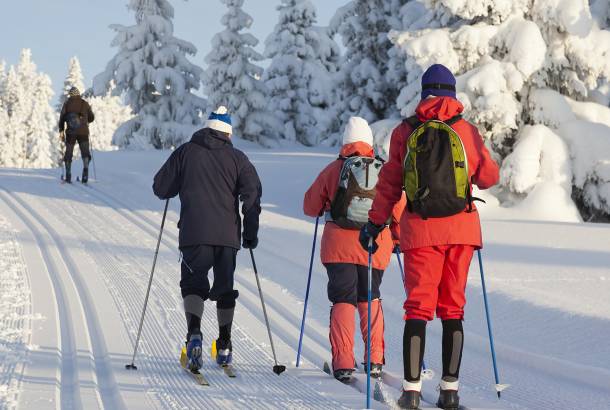
What to wear in Lapland
Footwear
In terms of footwear, wellies/gum boots/rubber boots are a definite no-no. They don’t keep feet warm and can become very rigid and dangerously slippery in sub-zero temperatures. The best thing to bring are snow boots. But these can be quite an investment if you normally live somewhere where snow is rare. So hiking or walking boots will also suffice. A top tip here is to buy some that are a size above your regular foot size so you can fit two toasty pairs of woollen socks on your feet first. Thermal or fleece insoles are very good to add as well. Paired with some ski socks, your feet will stay nice and warm whatever the weather. Merino wool socks are the best, whilst you should avoid cotton socks - cotton contains air pockets and when you perspire these air pockets absorb this moisture which in turn stops providing any insulation. Essentially, cotton makes you colder in cold weather. In fact, cotton anything (underwear, t-shirts etc) is probably a no no.
Thermal long underwear/long johns are great for your first layer – make sure these items of clothing are either wool or polyester. A good and economical second layer is jogging bottoms/sweat pants, again, made from polyester. Your top layer should ideally be ski pants and, unsurprisingly, the famous ski brands produce the best ones. Waterproof trousers can work as a cheaper alternative but aren’t really worth it if the temperature gets below -15 degrees (which we aren't ruling out).
Upper BodyThe key here is layers. Like with your legs, a thermal underwear/base layer is essential. Stick with polyester and wool and once again, avoid cotton. A warm fleece shirt is perfect for your second layer (although it is optional) ideally underneath a 100% wool jumper (essential). Fleece shirts can be quite cheap to buy so it doesn’t hurt having one with you even if you don’t wear it. Once again be sure to check they are 100% polyester – there are some out there masquerading as ‘fleece’ but which actually contain a cotton mix which should be avoided. Lastly a fleece coat/jacket is perfect for the penultimate layer ideally with a 300 weight/ 300 GSM.
JacketNow this is probably the item of clothing you should spend the most on and certainly one that you should look at the better brands for. Your jacket is essentially on the front line of the weather assault and should be able to withstand the coldest weather that Lapland can throw at you. Jackets known as ‘Down Parkas’ are definitely the thoroughbreds of the jacket arena here. Unsurprisingly these are the most expensive, but these are the types of jacket used in expeditions to the Arctic and Antarctic. The ‘Down’ aspect of the jacket refers to the insulation made up of goose feathers, quite possibly the best insulation there is. If this isn’t within your budget don’t panic - you can also pick up a down shell jacket or similar insulated jackets for a lot less money. But obviously the cheaper, lesser insulated jacket you go for the less effective the jacket is likely to be.
AccessoriesIt goes without saying that a hat and gloves are more than necessary in Lapland. Having your head or hands uncovered is a simple no no. It is actually worth taking two pairs of gloves - one thinner pair for wearing when you need to take photos whilst outside as well as a bigger pair of gloves or mittens (gloves that have one section for the thumb and one for the other four fingers together) to wear at other times. Good ski gloves are ideal as they are windproof, however, these don’t always come cheap. For your head the most popular type of gear to wear is a fur trapper/deer stalker/Russian style hat with ear flaps. These flaps are a God-send if it is really cold or windy as they act like built-in ear muffs. When it is seriously cold a balaclava can be really useful under a hat but this isn’t essential. Scarves or neck gaiters/snoods are also a great way to keep extra toasty when in Lapland.
SaunasSaunas are a big part of the Finland and Lapland experience. You'll find them in most hotels, cottages and even private homes. It is estimated that there could be as many as 2 million saunas in Finland - and for a country of just 5.4 million people that's pretty impressive. So with that in mind it is worth packing your bathers as the opportunity to try a sauna is almost guaranteed.
Recommended tours
If you're looking at a Lapland packing list then our guess is that you're planning a trip to the region. Why not check out our most popular tours?
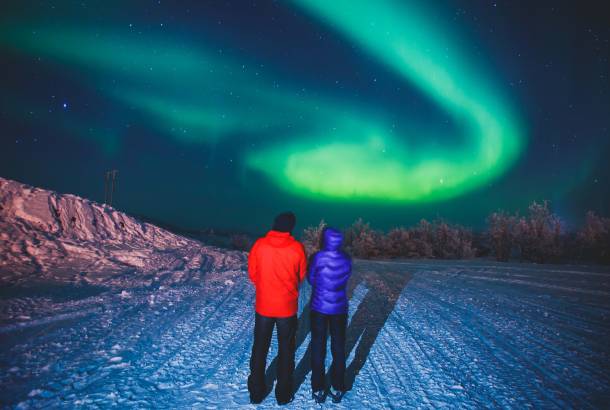
Cameras in cold conditions
There is nothing worse than when you are in a beautiful place, such as Lapland, and your camera is not working as well as it should. The cold can affect cameras more than you may think so follow our guide on how to keep your camera safe and well when in Lapland.
- Make sure you take a padded bag with you to keep your camera in – all reputable camera shops will sell these if you don’t already have one.
- Take extra batteries with you for the duration of your stay. The battery is the main piece of kit in your camera that is affected by the cold. Low temperatures often decrease battery life so bring an extra set just to be safe. Also be sure to turn off any unnecessary features that may be available on the camera that could drain the battery.
- Be sure to charge your batteries every night.
- Avoid changing the battery or SD card when you’re outside – try and limit this to when you are indoors.
- Avoid condensation. Condensation happens when you move from the cold into warm air and vice versa. If possible it is a good idea to try and ease your camera into the changing climatic conditions by leaving it somewhere like a porch or car (if it is safe to do so) so it can have some time to get used to the changing temperatures. Keep your battery inside in the warm though when doing this – just don’t forget to take it with you when you do go out with your camera.
- As mentioned earlier take a second pair of thinner gloves with you so you can operate your camera without having to completely bare your digits to the cold.
